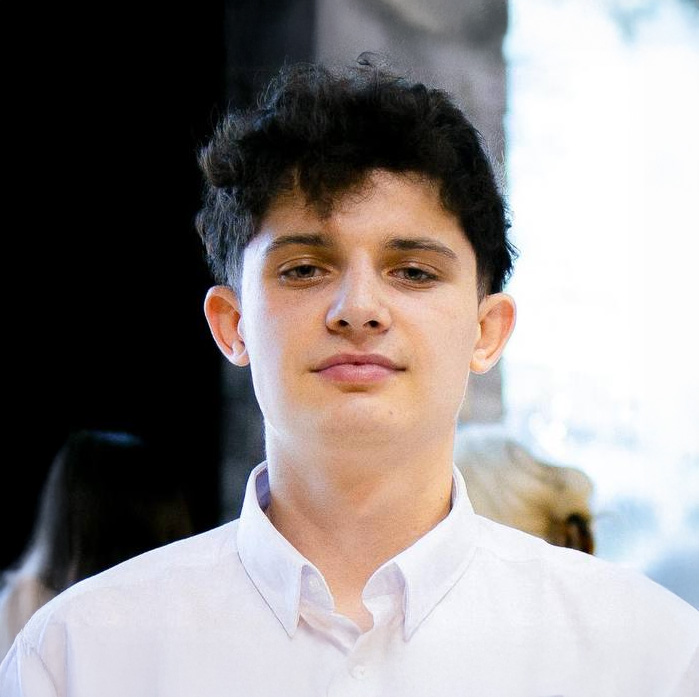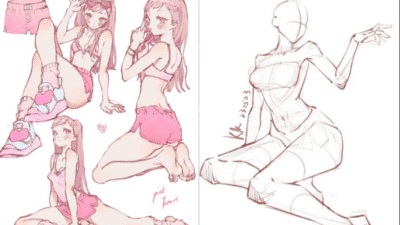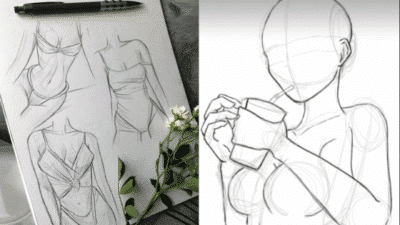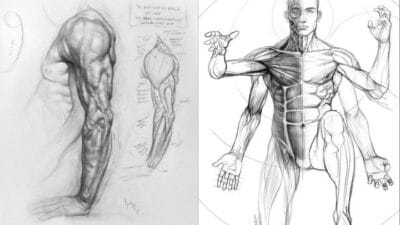Figure drawing is the foundation for anyone looking to understand and accurately depict the human form. It involves learning how to capture the body’s proportions, structure, and movement through both quick gestures and detailed studies. Mastering figure drawing improves your ability to create realistic and expressive artwork by focusing on the anatomy and dynamics of the body.
By practicing figure drawing, you develop a sharper eye for detail and motion, allowing you to portray people more convincingly in your sketches or paintings. Whether you work from live models, photographs, or imagination, this skill can enhance your overall drawing ability and give you greater confidence in your art.
You will gain tools to break down complex forms into simpler shapes, helping you construct accurate poses and proportions. This process is essential for anyone aiming to draw people with lifelike quality or creative expression.
Key Takeaways
- Understanding body structure improves your drawing accuracy.
- Capturing movement helps make your figures more dynamic.
- Simplifying forms builds a solid foundation for detailed work.
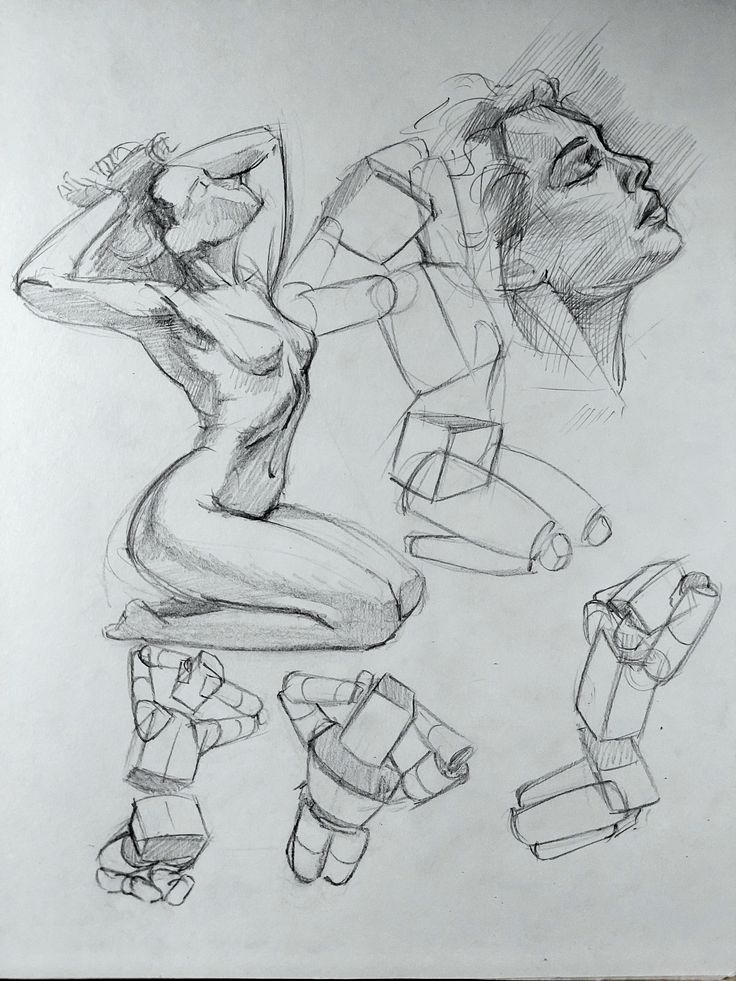
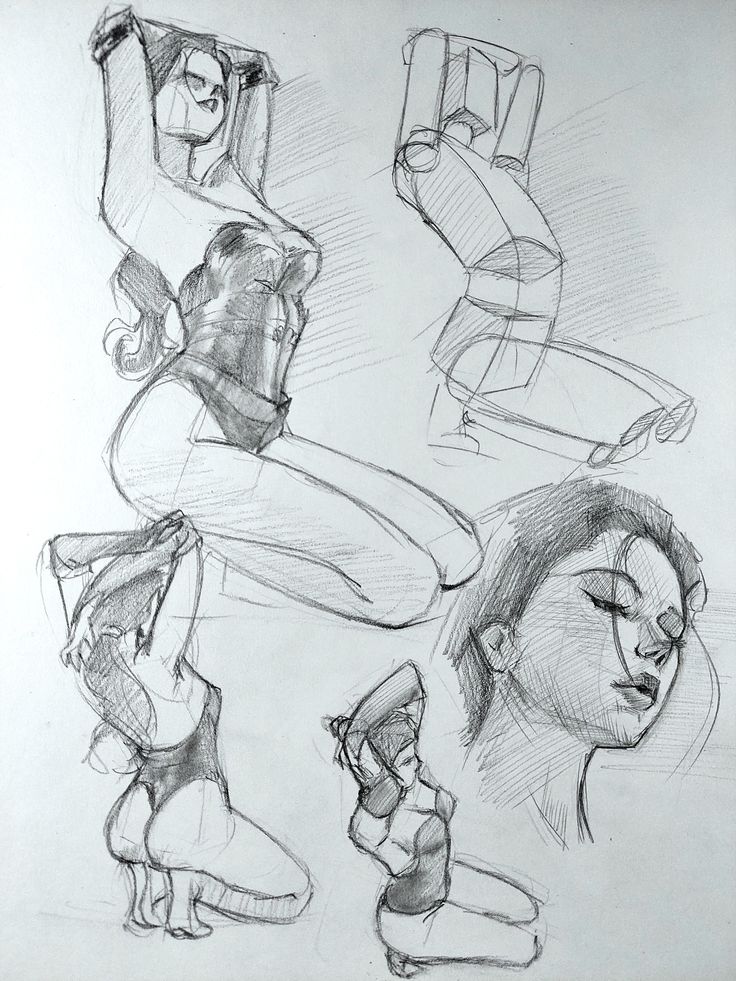
Understanding Figure Drawing
Figure drawing breaks down the human figure into shapes and forms, allowing you to capture structure and movement accurately. You’ll learn how to balance technical skills with expressive lines to represent the human body realistically and dynamically.
The Purpose of Figure Drawing
Figure drawing helps you understand the complexities of the human body, including proportions, anatomy, and posture. It allows you to accurately depict people in various poses, improving your skill in representing the body with precision.
This practice sharpens your observational skills. You learn to see details such as muscle groups, bone placements, and joint mechanics, which are essential for creating believable figures.
Through figure drawing, you also develop your ability to convey movement and emotion, making your characters more lifelike and engaging.
Key Concepts: Human Figure and Human Form
The human figure refers to the overall shape and silhouette of the body in a pose. It focuses on proportions and balance.
The human form goes deeper. It includes three-dimensional aspects like volume, muscle structure, and how light interacts with the body’s surfaces.
Understanding both concepts lets you draw figures that feel solid rather than flat. You can imagine the body’s weight, depth, and spatial relationships.
Key points to focus on include:
- Proportions (head size vs. body height)
- Major muscle groups and skeletal landmarks
- How form shifts with movement and perspective
Figure Drawing vs. Gesture Drawing
Figure drawing often involves detailed study of anatomy, proportions, and refined lines. It aims for accuracy in likeness and form.
Gesture drawing is a faster, looser approach. It captures the basic action, flow, and energy of the pose in a few quick strokes.
You use gesture drawing to understand the rhythm and motion behind a pose before developing the detailed figure drawing.
Both complement each other: gesture builds your sense of movement; figure drawing refines the structure. Mastering these will improve your ability to draw human figures realistically and expressively.
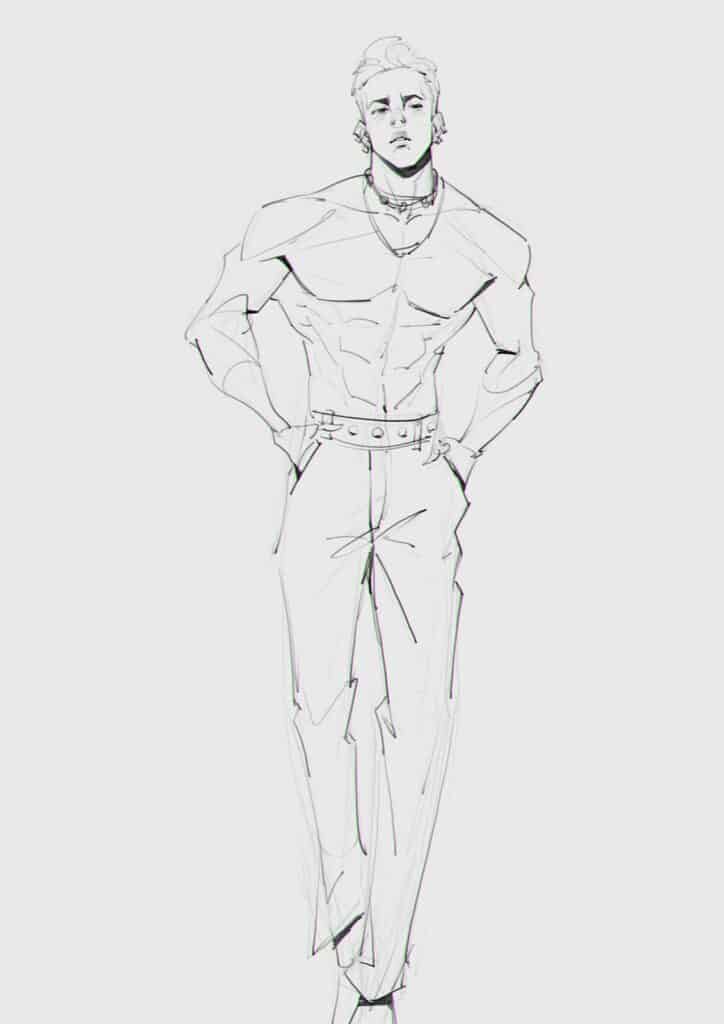
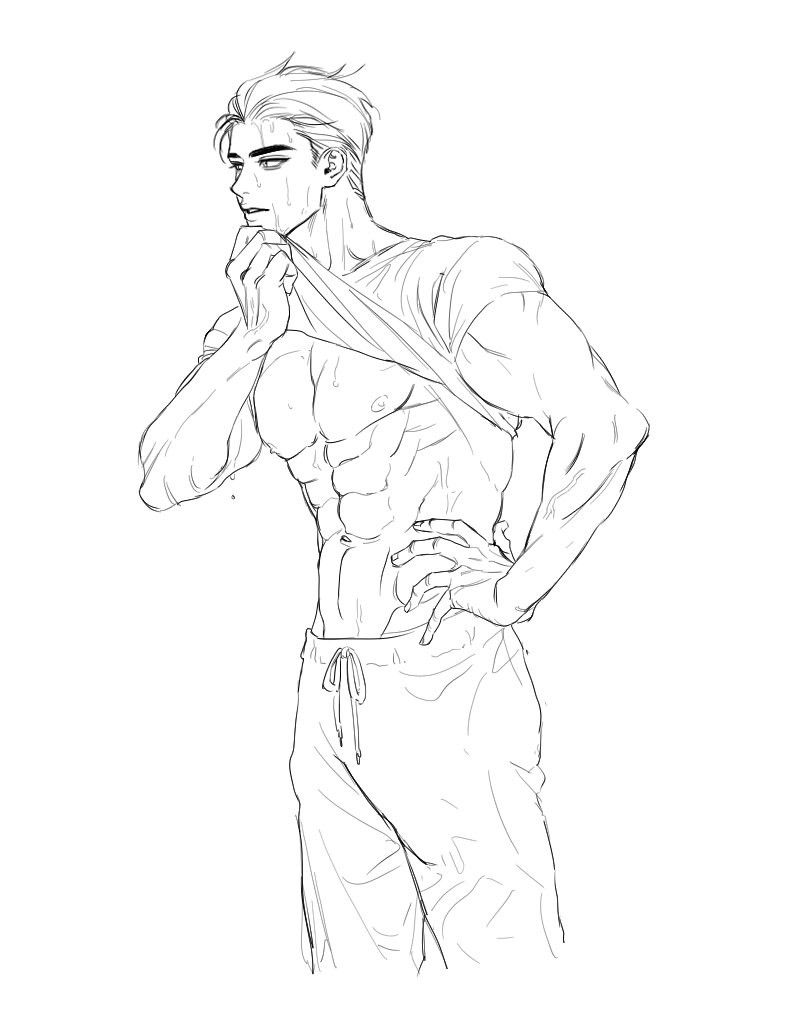
Gesture Drawing and Capturing Movement
When you draw figures, capturing movement quickly and effectively is essential. Focusing on gestures helps you convey the energy and action behind a pose without getting bogged down in details. You’ll learn how to start with broad, expressive strokes and use specific techniques to bring your sketches to life.
Basics of Gesture Drawing
Gesture drawing is a fast, loose sketching method aimed at capturing the overall pose and flow of a figure. Instead of focusing on precise anatomy or details, you emphasize the essence of the subject’s movement and volume.
You usually work with quick poses, often lasting from 30 seconds to a few minutes. This practice trains your eye to see important shapes and relationships between body parts rapidly. Your lines should be fluid and confident, avoiding hesitation.
This technique builds your ability to communicate motion and emotion in your drawings. Starting with simple, sweeping strokes lets you establish the figure’s rhythm before adding more structure later.
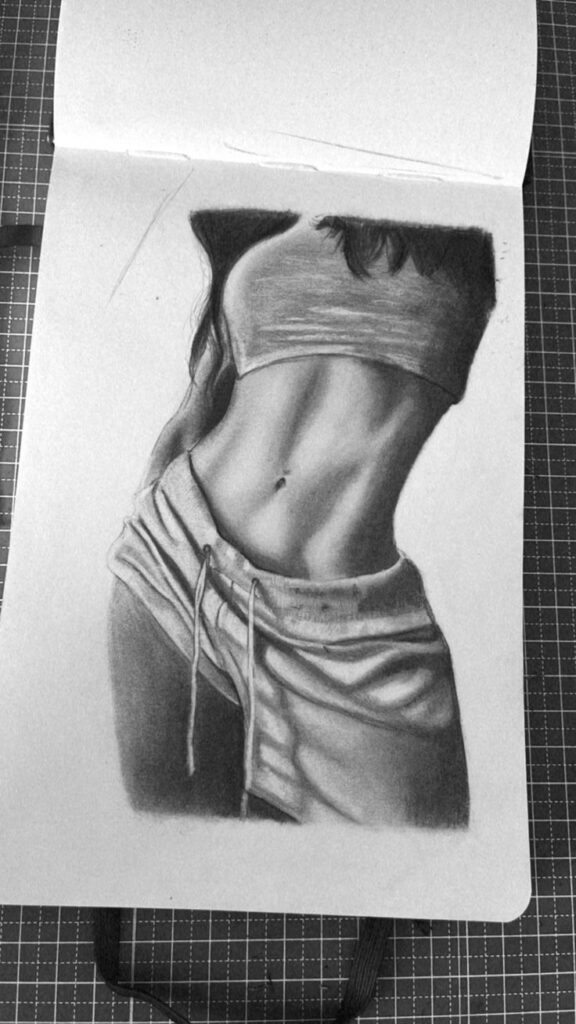
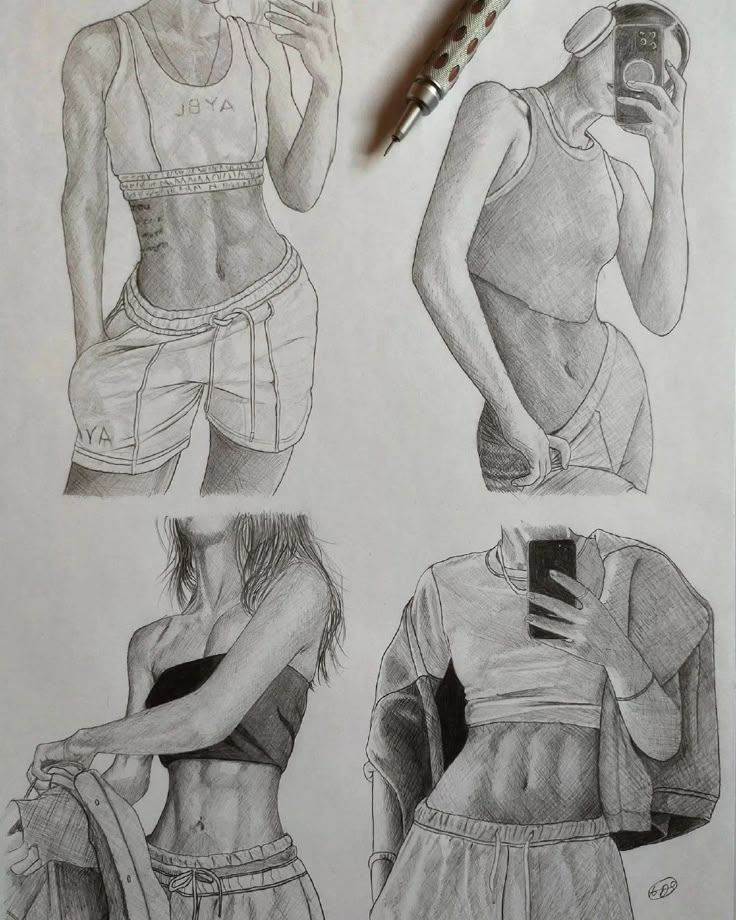
Capturing Movement and Action
To convey movement, you focus on how the figure is positioned in space and the direction it’s moving. Capturing action means showing tension, balance, and weight distribution through dynamic lines.
When sketching, prioritize the flow of the pose rather than exact proportions. Use simplified shapes to block out large body parts, such as the torso and limbs, to emphasize overall action.
You can experiment with various line weights and strokes to represent acceleration or slowing motion. Quick, confident marks usually suggest energy, while longer, softer lines might indicate calm or rest.
Practicing gesture drawing regularly helps your hand become more responsive to movement and improves your overall figure drawing skills.
The Line of Action Technique
The line of action is a simple but powerful tool to anchor your gesture drawing. It’s a single, curved line that expresses the fundamental movement or energy running through the entire figure.
Start your sketch with this line to establish the pose’s direction and flow. It acts as a backbone for your drawing, guiding the position of limbs and torso.
The curvature of this line signals tension or relaxation. For example, a strong “S” curve might indicate a dynamic, twisting pose, while straighter lines suggest stability.
Using the line of action lets you maintain fluidity and avoid stiffness in your figures. It keeps your sketches visually engaging and responsive to the movement you aim to depict.
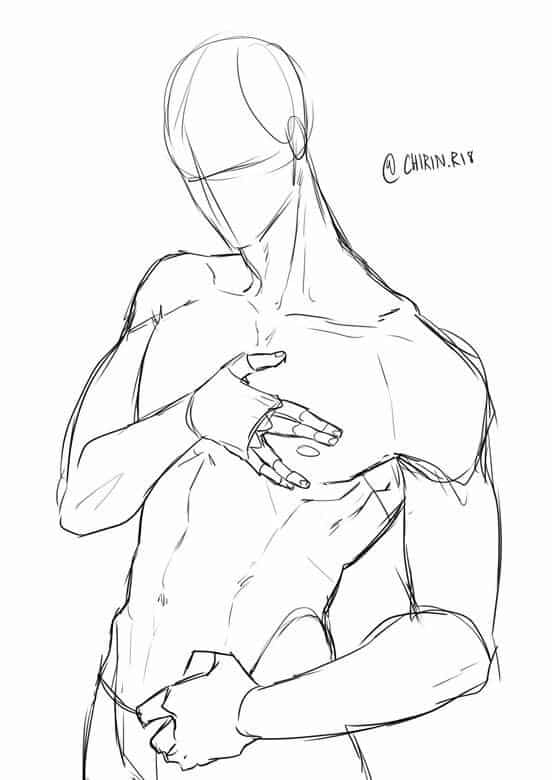
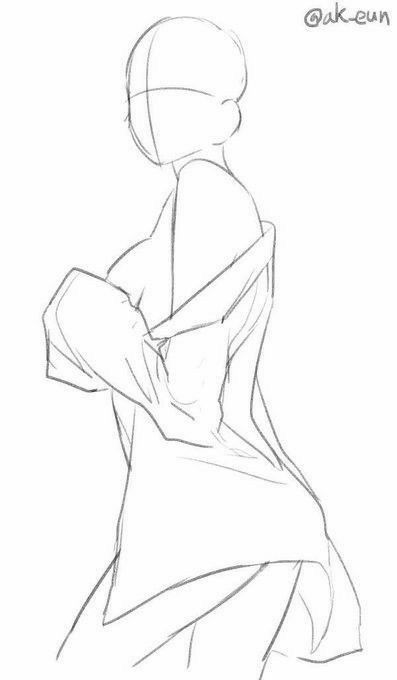
Proportions and Constructing the Human Figure
Understanding the size relationships within the human body is essential for drawing accurate figures. You need to learn how to measure parts of the body relative to one another and use simplified shapes to organize your drawing before adding detail.
Measuring Proportions Accurately
To measure proportions accurately, use the head as a basic unit of measurement. The average adult human figure is about 7 to 8 heads tall. This allows you to gauge the length of the torso, legs, and arms relative to the head size.
Start by marking the head height on your drawing surface, then use multiples of this measurement to place key body landmarks. For example, the chest usually ends around 2 to 3 heads down, and the waist falls near 4 heads. Keeping these ratios consistent will help your figure appear balanced and realistic.
You can also check proportions by comparing widths. The shoulders are roughly two to three head widths wide, while the hips are usually narrower. Monitoring these relationships prevents distortion and improves the structure of your figure.
Using Basic Shapes: Squares and Ovals
Basic shapes like squares and ovals help you break the complex human figure into manageable parts. You can represent the head with an oval and the torso with squares or rectangles aligned vertically.
Using these shapes simplifies the curves and enables you to see how volumes relate in three dimensions. For instance, an oval can indicate the chest cavity, while squares can represent the pelvis and shoulders. These shapes serve as visual anchors to position limbs and joints later.
Begin by sketching these shapes lightly, focusing on their size and orientation. This approach keeps your drawing proportionate and provides a solid framework for refining details.
Building Forms with Structure
After placing basic shapes, build the figure’s structure by connecting these shapes with simple lines and forms such as cylinders for arms and legs, and cones for shoulders. This step adds volume and helps you visualize how the body moves and bends.
Think about the figure as a series of connected solids rather than flat shapes. This method makes it easier to capture perspective and foreshortening in dynamic poses.
Maintaining clear structural forms ensures that your drawing holds together as you work on muscle groups and finer anatomical details. It also aids in adjusting proportions before finalizing the figure.
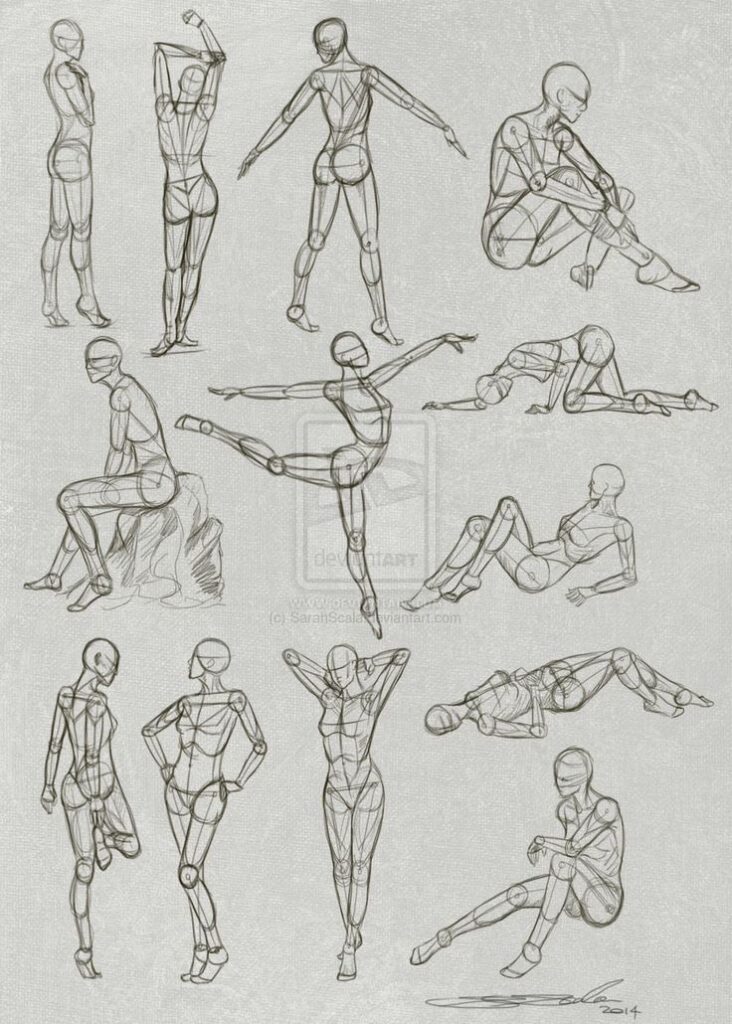
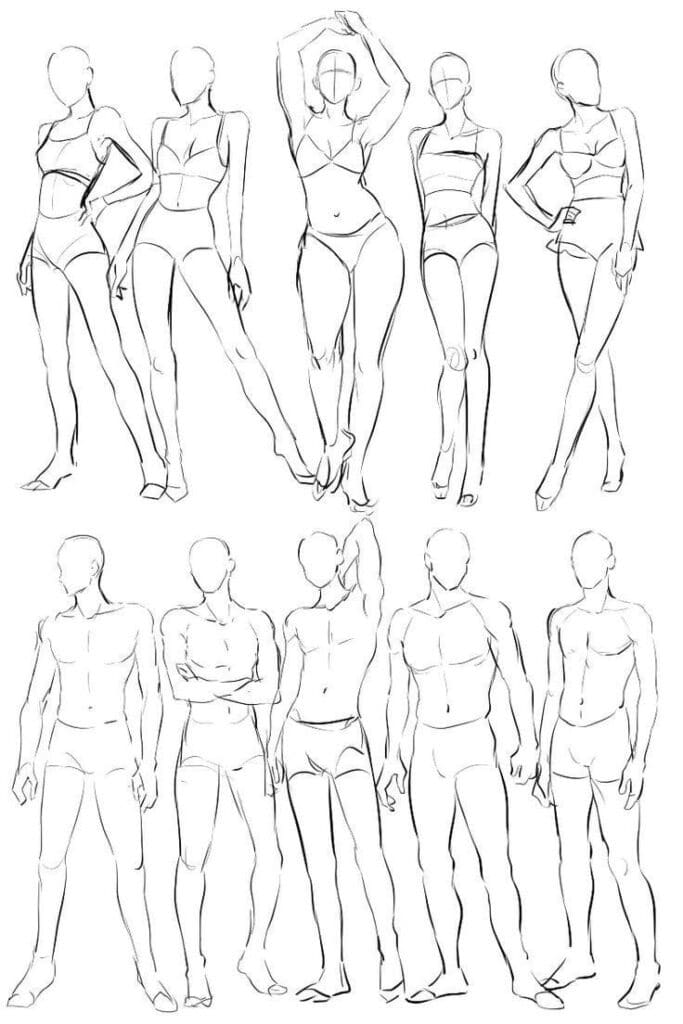
Mastering Anatomy and Form
To draw accurate human figures, you must closely study the structure beneath the skin. Knowing how bones and muscles work together lets you create believable poses and animate your sketches with confidence.
Understanding Human Anatomy
You need a solid grasp of skeletal structure and muscle groups to represent the human form correctly. The skeleton acts as the framework, defining posture and proportion.
Focus on major bones like the spine, ribs, pelvis, and limbs. Understanding their placement helps you organize the figure logically.
Muscles shape the surface you see. Learn how muscle groups overlap and contract. This knowledge allows you to depict volume and movement convincingly.
Remember, anatomy isn’t memorization alone—it’s about visualizing how parts connect dynamically. This insight is essential for rendering lifelike figures from any angle.
Simplifying Anatomy for Artists
Break down complex anatomy into basic shapes to manage detail without losing accuracy. Using spheres, cylinders, and boxes can represent limbs and joints effectively.
Simplification helps you focus on pose and proportion early in the sketch. It prevents your drawing from becoming overwhelmed by minor details before structure is established.
Prioritize the relationships between body parts rather than individual muscles at first. For example, consider how the torso twists or how limbs bend during movement.
This approach also makes it easier to correct errors quickly and ensures your figures hold up in various poses and perspectives.
Applying Anatomy to Figure Drawing
Apply your anatomical knowledge during the entire drawing process. Start with gesture lines to capture motion and flow, then build the skeleton framework.
Next, flesh out your sketch by adding muscle shapes over that framework. Pay attention to how muscle tension changes with movement.
Use light guidelines to check proportions constantly. Reference landmarks like the collarbone, knees, and elbows to maintain accuracy.
Finally, refine contours and add shading to emphasize volume and form, making your figures feel three-dimensional and alive. Consistent practice integrating anatomy improves both speed and realism in your work.
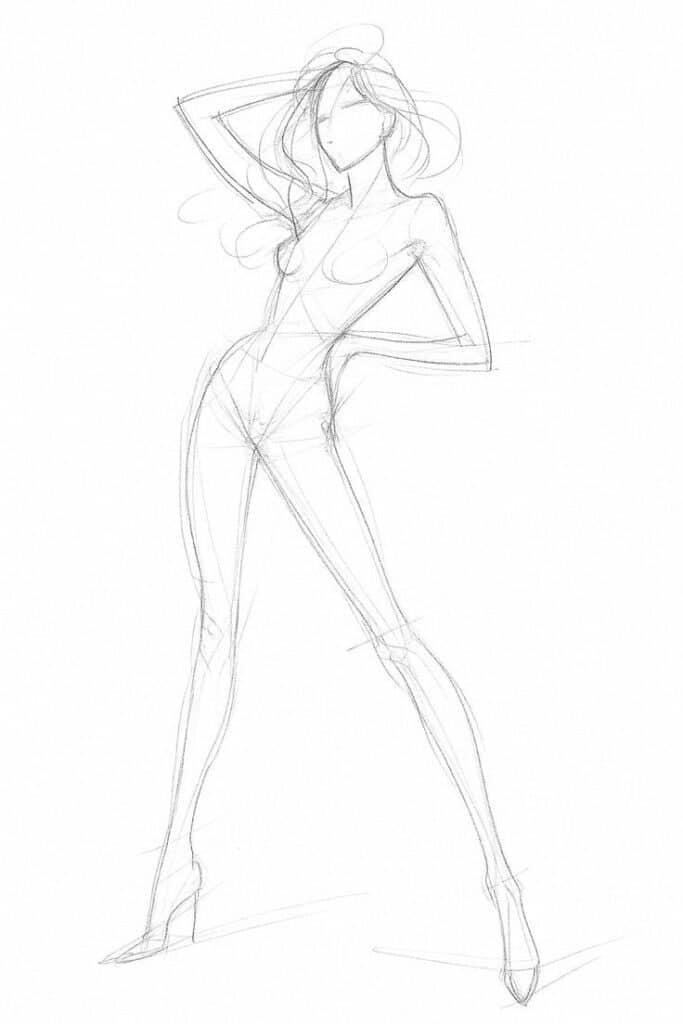
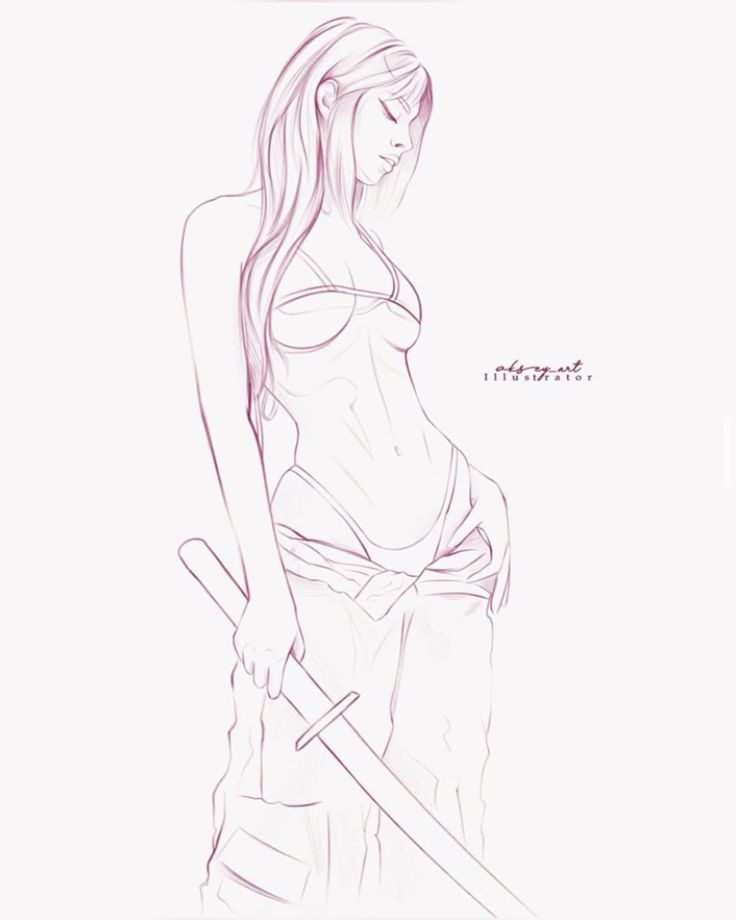
Improving Illustration and Drawing Skills
To improve your figure drawing, focus on refining your sketches, practicing consistently, and addressing common challenges like anatomy and proportion. Developing patience and observation skills will help you create more accurate and dynamic illustrations.
Refining Sketches and Adding Detail
Start with loose, basic shapes to capture the pose and proportion quickly. As you refine your sketch, gradually add details like muscle structure, clothing, and facial features.
Work in layers, moving from simple outlines to complex shading. This approach keeps your drawing balanced and prevents overwhelming detail too early.
Use reference materials such as anatomy books or photos to check accuracy. Paying attention to gesture and movement will make your figures feel alive rather than stiff or static.
Practicing for Skill Development
Consistent, varied practice accelerates your improvement. Set daily or weekly drawing goals that include quick gesture sketches, anatomy studies, and full figure compositions.
Incorporate exercises like timed sketches to boost your observation speed and longer sessions to focus on details.
Try challenges that push your limits, such as drawing figures from unusual angles or without a reference. This will expand your visual memory and adaptability.
Common Challenges in Figure Drawing
Many artists struggle with proportion, perspective, and conveying movement convincingly. These are common issues you can overcome with focused study.
Practice breaking down the human body into simple shapes to better control proportion. Study muscle groups and bone landmarks to understand how they affect surface forms.
Recognize that capturing natural poses often requires mastering gesture drawing—a quick way to represent movement and energy before details. Addressing these aspects steadily will strengthen your overall drawing skills.
- 2.5Kshares
- Facebook0
- Pinterest2.5K
- Twitter0
